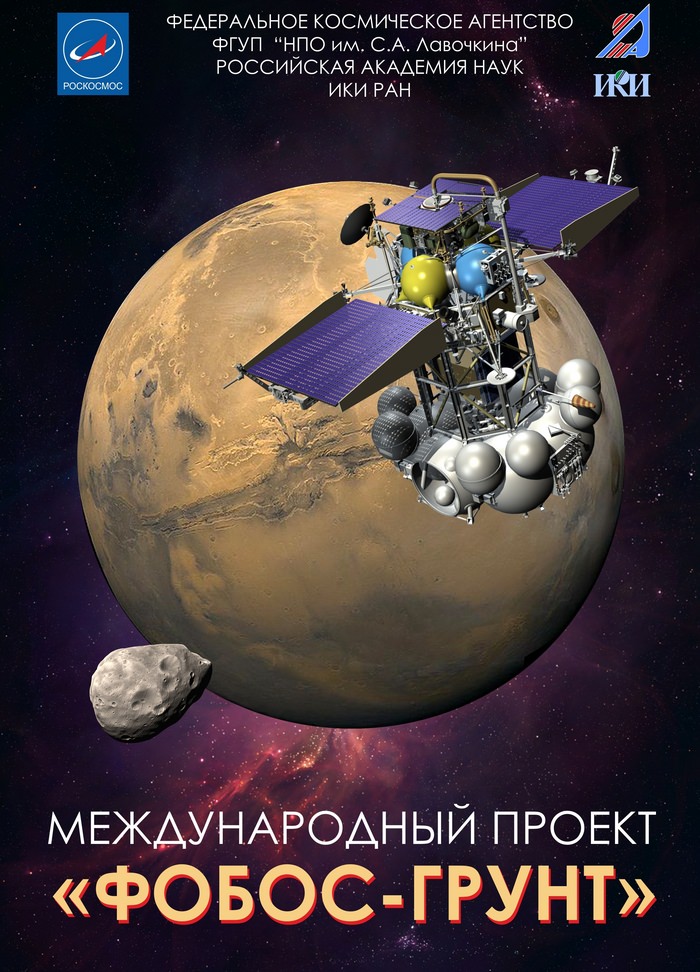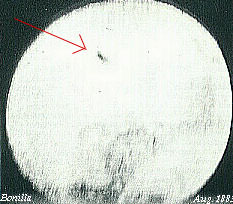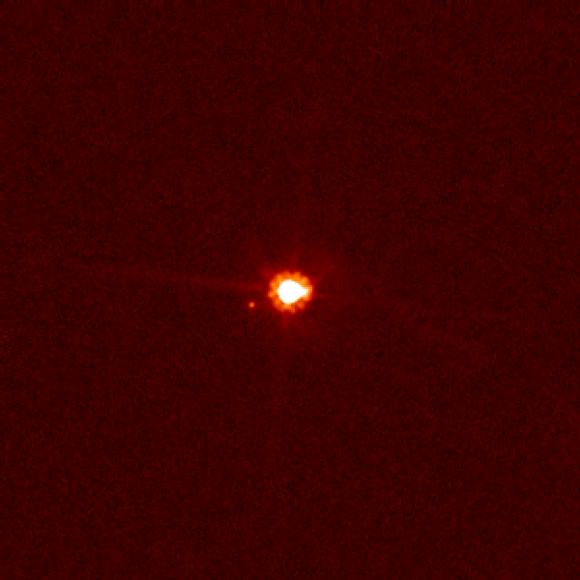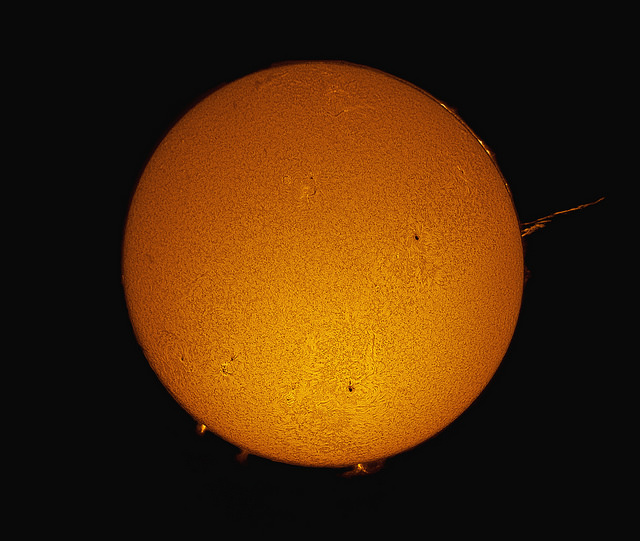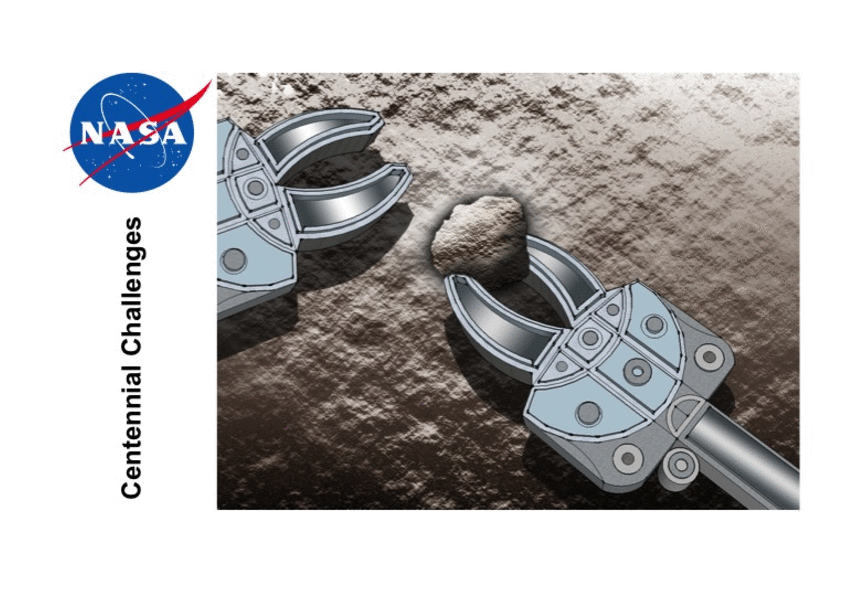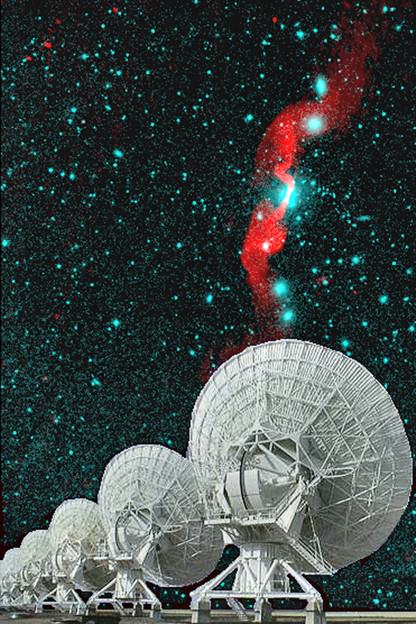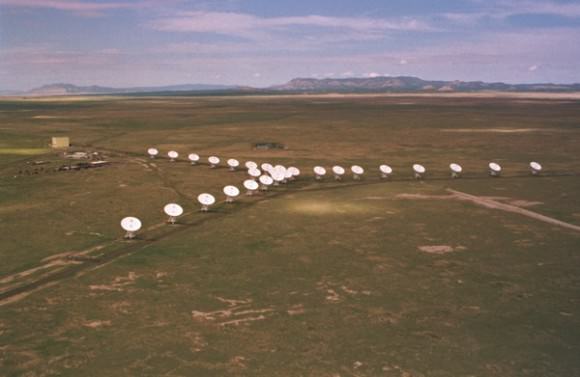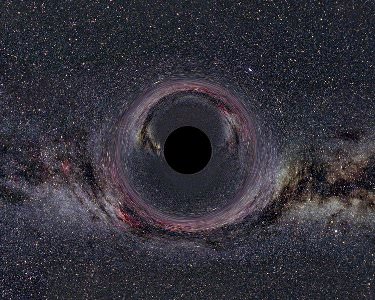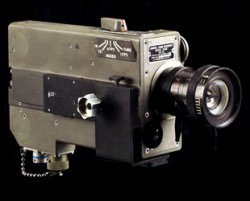[/caption]
Russia is marking the upcoming blastoff of their dauntingly complex Phobos-Grunt sample return mission to the Martian moon Phobos with the release of a quite cool looking mission poster – see above. Phobos-Grunt translates as Phobos-Soil and is due to liftoff on or about November 7, 2011 from the Baikonur Cosmodrome atop a Zenit rocket.
The holy grail of Mars exploration has long been a sample return mission. But with severe cutbacks to NASA’s budget that goal is realistically more than a decade away. That’s why Phobos- Grunt is so exciting from a scientific standpoint.
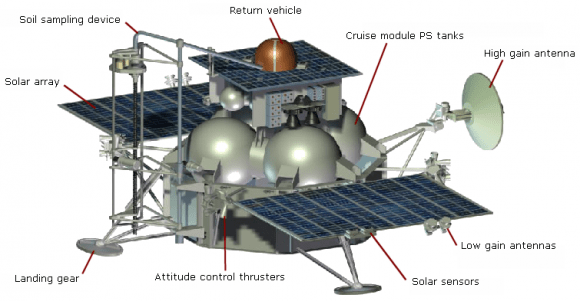
Russia's Phobos-Grunt is designed to land on Mars' moon Phobos, collect soil samples and return them to Earth for study. The lander will also carry scientific instrumetns to study Phobos and its environment. It will travel to Mars together with Yinghuo-1, China's first mission to the Red Planet. Credit: NPO Lavochkin
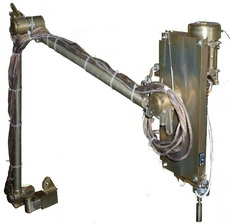
If successful, this audacious probe will retrieve about 200 grams of soil from the diminutive moon Phobos and accomplish the round trip in three years time by August 2014. Scientists speculate that martian dust may coat portions of Phobos and could possibly be mixed in with any returned samples.
Included here are more photos and graphics of the Phobos-Grunt spacecraft which is equipped with two robotic arms and a sampling device to transfer regolith and rocks to the Earth return vehicle and an on board array of some 15 science instruments, including lasers, spectrometers, cameras and a microscope. Readers please feel free to help with Russian translations.
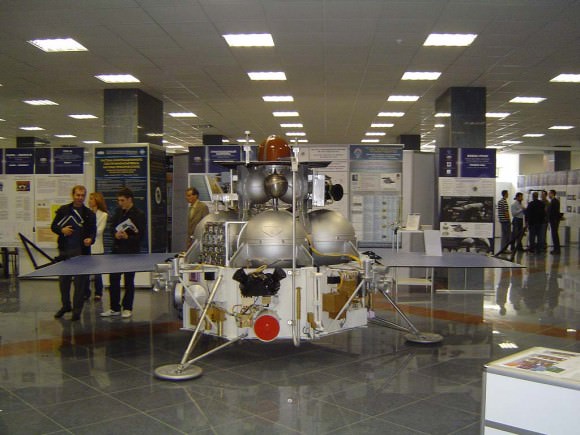
This is a full-scale mockup of Russia's Phobos-Grunt. The spacecraft will collect samples of soil on Mar's moon Phobos and to bring the samples back to Earth for detailed study. Credit: CNES
Phobos-Grunt is the first of Earth’s two missions launching to the Red Planet in 2011. NASA’s Curiosity Mars Science Laboratory is due to lift off on Nov. 25, 2011 from Cape Canaveral, Florida.
Read Ken’s continuing features about Phobos-Grunt, Curiosity and Opportunity starting here:
Daring Russian Sample Return mission to Martian Moon Phobos aims for November Liftoff
Assembling Curiosity’s Rocket to Mars
Encapsulating Curiosity for Martian Flight Test
Dramatic New NASA Animation Depicts Next Mars Rover in Action
Opportunity spotted Exploring vast Endeavour Crater from Mars Orbit
Twin Towers 9/11 Tribute by Opportunity Mars Rover
NASA Robot arrives at ‘New’ Landing Site holding Clues to Ancient Water Flow on Mars
Opportunity Arrives at Huge Martian Crater with Superb Science and Scenic Outlook
Opportunity Snaps Gorgeous Vistas nearing the Foothills of Giant Endeavour Crater

